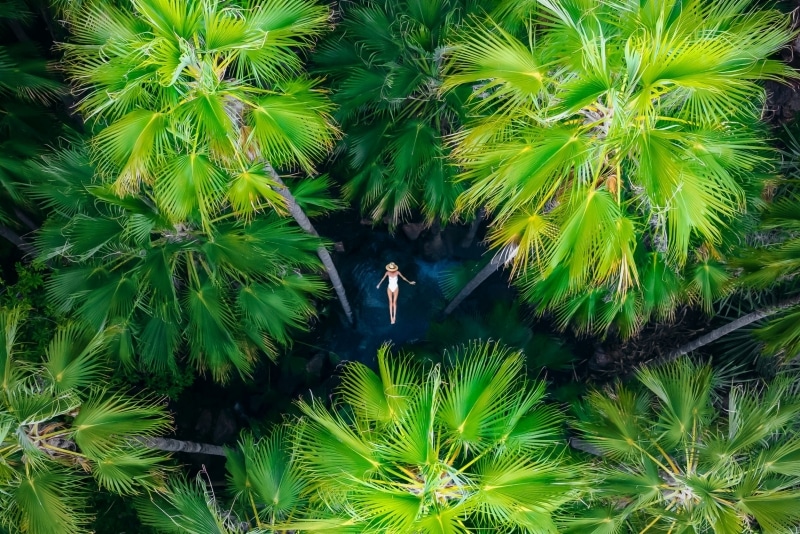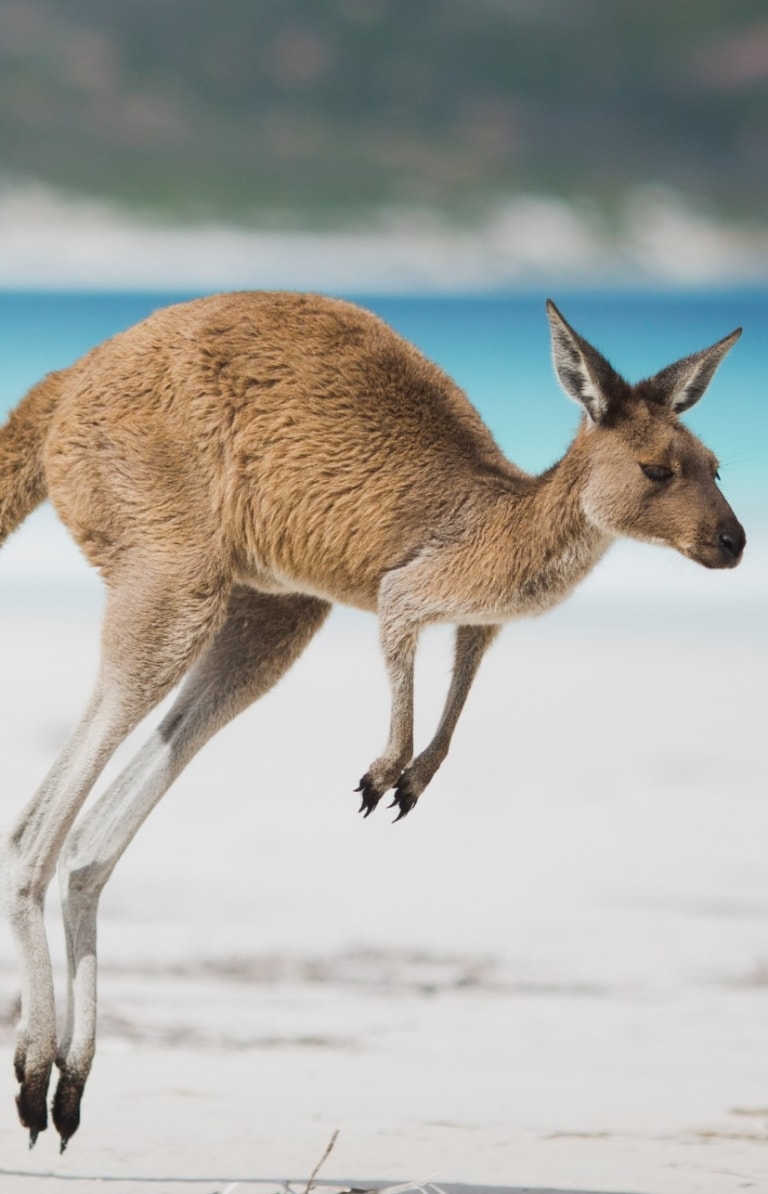Guide to Uluru and Kata Tjuta
The ancient rock formations of Uluru and Kata Tjuta rise from the land to make an incredible sight. Immerse yourself in the Aboriginal stories of this special place, 500 million years in the making.
In Australia’s Red Centre lies the spectacular Uluru and Kata Tjuta National Park. Home to many ancient wonders, the park is most famous for the enormous monoliths it’s named after. Uluru and Kata Tjuta rise from the earth in all their red glory just 30km (19mi) from each other. Measuring 348m (1,140ft) high and 9.5km (6mi) in circumference, Uluru is the largest sandstone monolith in the world, while Kata Tjuta is made up of 36 giant domes spread over more than 20km (12mi). Both sites remain deeply spiritual and sacred to the local Anangu people, who have lived here for more than 30,000 years.
Top things to do in Uluru and Kata Tjuta
Watch stories unfold in the sky
Watch as lights dance above sacred Uluru with an evening at Wintjiri Wiru. In this immersive experience, an ancient Anangu ancestral story unfolds high above the Red Centre's famous monolith, through lights, lasers, drones and projections.
Learn the local culture
Immerse yourself in the local Anangu culture with a visit to the award-winning Cultural Centre. From here, explore local Aboriginal artworks at the two on-site galleries: Maruku Arts and Walkatjara Art.
Dine under a dazzling sky
Come nightfall, the skies above Uluru reveal the wonders of the galaxy. Dine under the stars on a Sounds of Silence bush tucker dinner or Tali Wiru dinner featuring the sounds of the didgeridoo.
Gaze across a field of glistening lights
Lower your gaze to the base of Uluru and you’ll discover the Field of Light – an award-winning exhibition of over 50,000 glowing solar-powered stems. Visit at sunrise or sunset; it’ll be hard to forget such a beautiful sight.
Sleep at a luxury outback camp
Nestled in the heart of the outback is the lavish Longitude 131. Wake up to views of Uluru and Kata Tjuta, taste bush tucker at its finest and discover the local Anangu culture. There’s no better base to explore these World Heritage wonders.
See camels in the desert – racing
If you’re looking for some feel-good excitement, the annual Uluru Camel Racing Cup will be sure to deliver. Get your gang together for a weekend of Aussie-style activities, from reptile shows to helicopter flights and, of course, camel racing.
Get a bird’s eye view
For a real showstopper sight, take to the air on a scenic flight and marvel at Uluru and its ancient surroundings from above. It’s not every day you get to soar above one of Australia’s most famous natural landmarks.
Dial the adventure up a notch
Witnessing Uluru up-close is a must, but why not make it extra special? Uluru is home to various adventurous tours, including motorbike, segway and camel experiences. Get ready for the ride of a lifetime.
Take to the tracks
Uluru and Kata Tjuta are abundant with ancient walking tracks, enveloped by unique rock formations that are steeped in rich history and Anangu stories. Wander through these jaw-dropping paths and soak in the natural beauty around you.
Start planning

Desert Gardens Hotel
Hotels • Swimming Pool • 4 1/2 Stars
Accommodation
From AU$420 to AU$600

Emu Walk Apartments
Apartments • 4 Stars
Accommodation
From AU$420 to AU$680

Ayers Rock Campground
Cottages, Caravan, Camping and Holiday Parks • Swimming Pool • 3 1/2 Stars
Accommodation
From AU$43 to AU$185
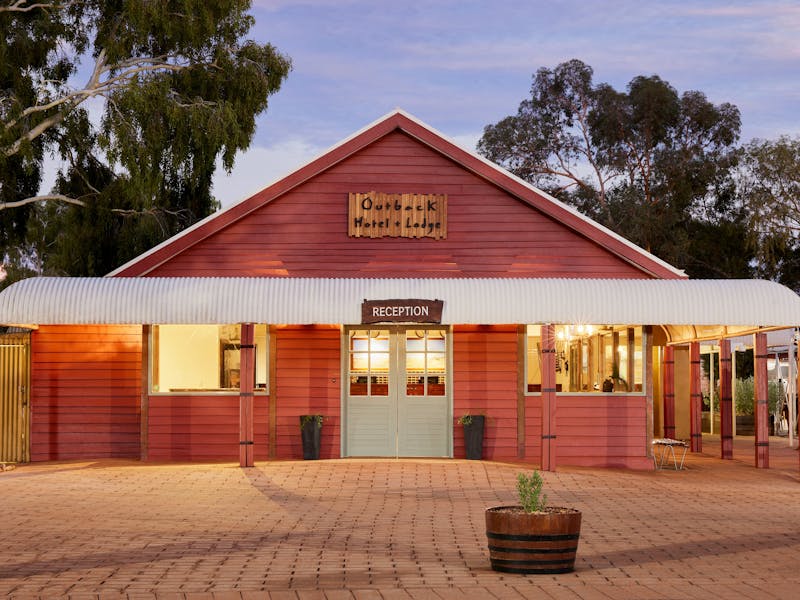
Outback Hotel and Lodge
Backpackers and Hostels, Hotels • Swimming Pool
Accommodation
From AU$38 to AU$350
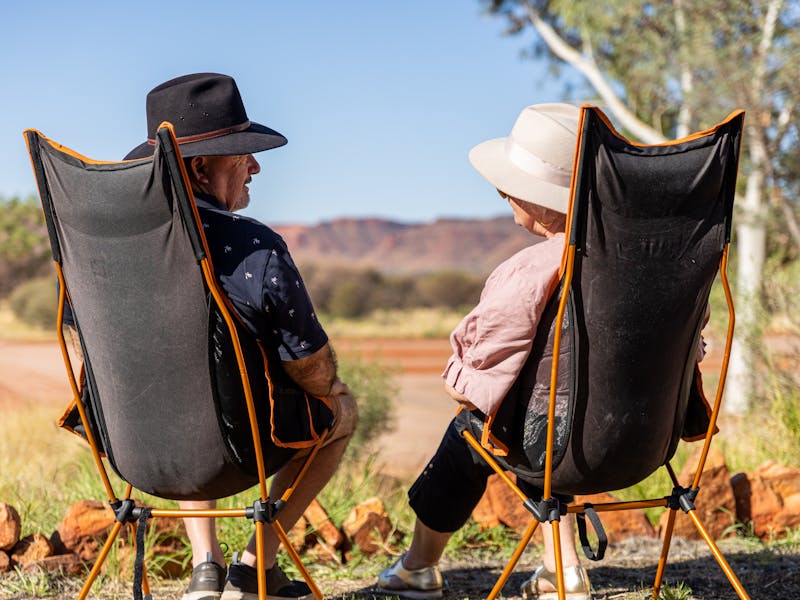
Discovery Resorts - Kings Canyon
Backpackers and Hostels, Bed and Breakfast, Caravan, Camping and Holiday Parks, Resorts, Retreat and Lodges • Swimming Pool
Accommodation
From AU$37 to AU$565
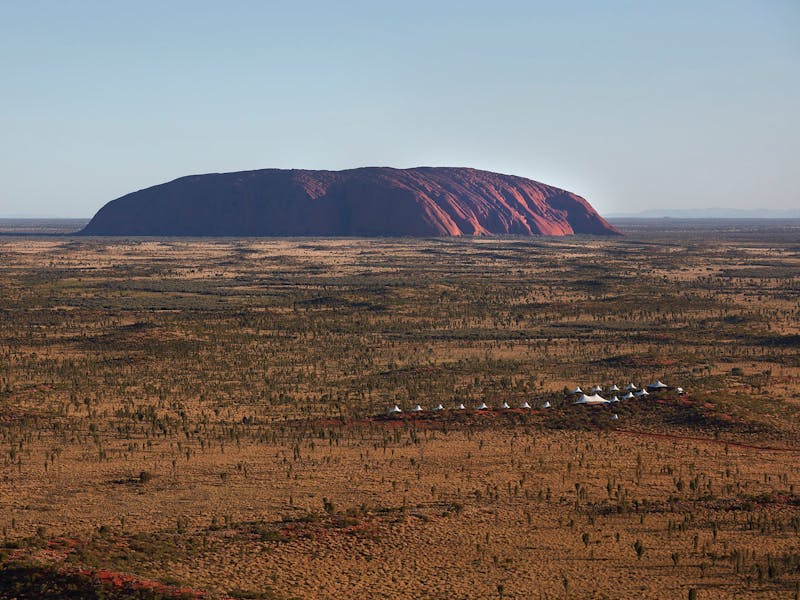
Longitude 131°
Retreat and Lodges • Swimming Pool
Accommodation
From AU$4200 to AU$8200

Discovery Parks – Kings Canyon
Caravan, Camping and Holiday Parks • Swimming Pool
Accommodation
From AU$50 to AU$180
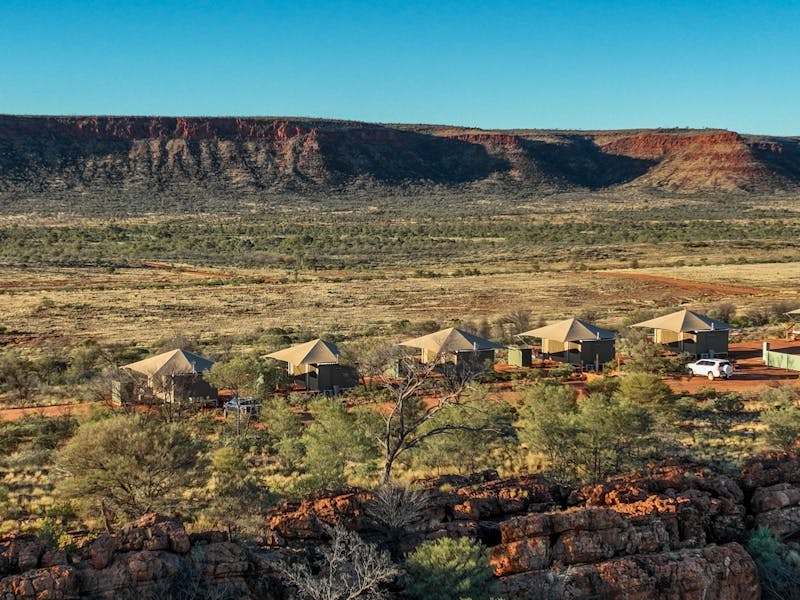
Kings Creek Station
Caravan, Camping and Holiday Parks, Cottages, Resorts, Retreat and Lodges • Swimming Pool
Accommodation
From AU$26.50 to AU$920
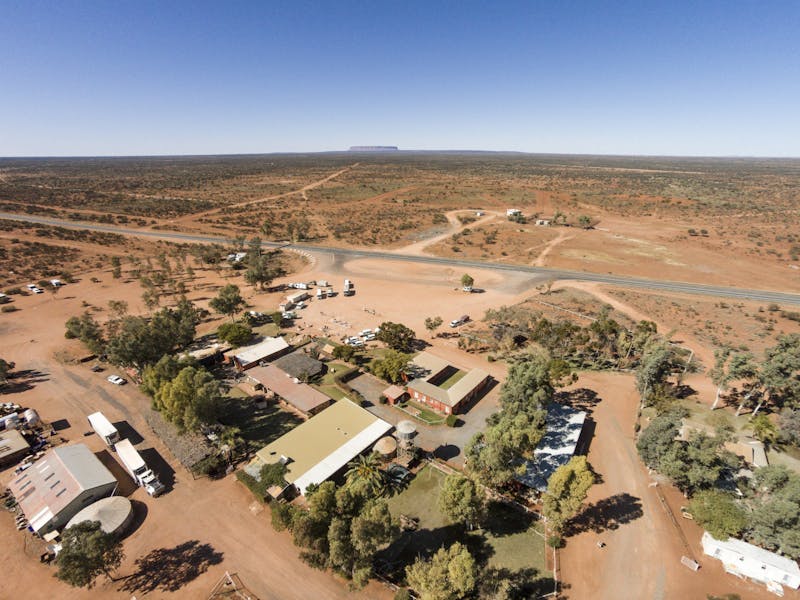
Curtin Springs Wayside Inn
Caravan, Camping and Holiday Parks, Hotels, Motels • Bar
Accommodation
From AU$5 to AU$390
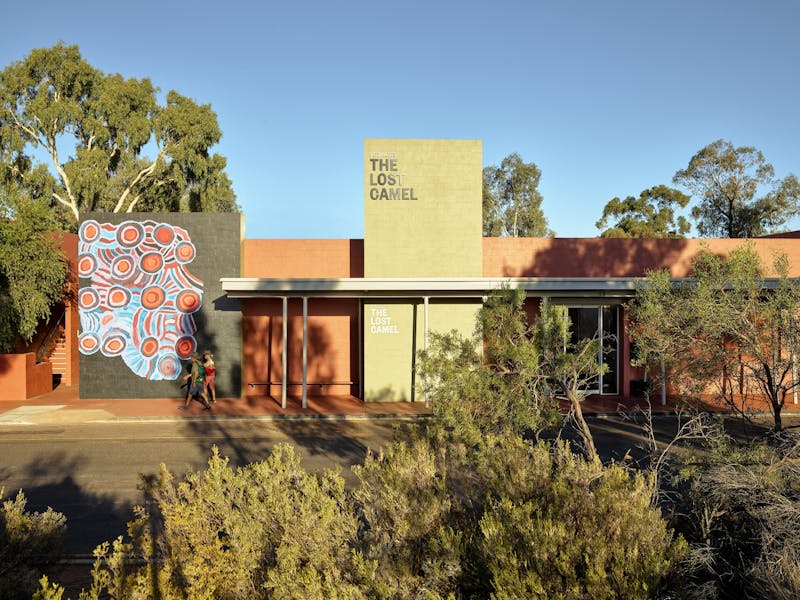
The Lost Camel Hotel
Hotels • Swimming Pool
Accommodation
From AU$330 to AU$360
